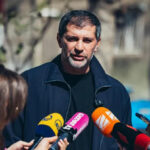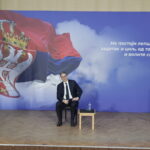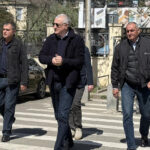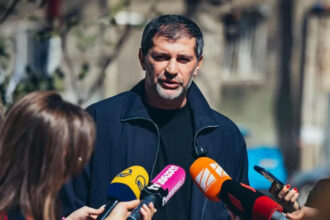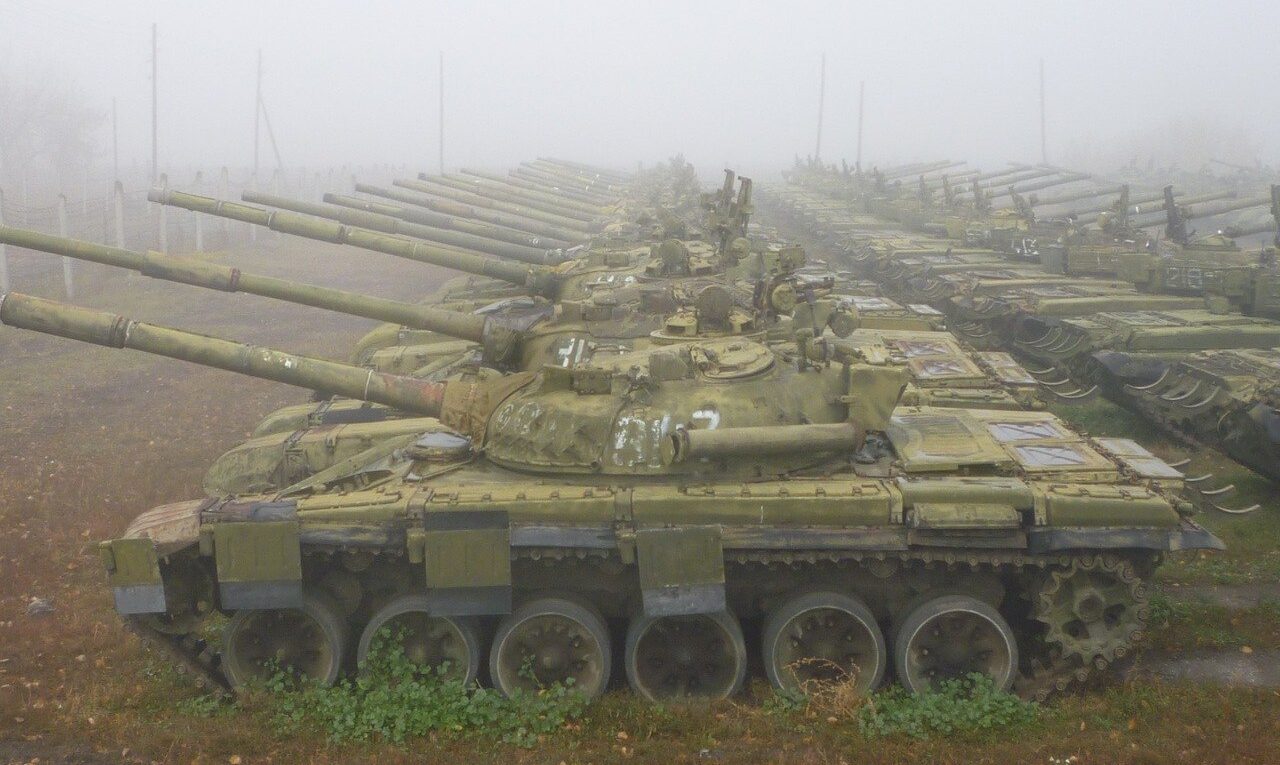Intelligence analysis indicates that Russia’s war effort faces a deadline as tank reserves diminish and production stalls. Putin’s ability, however, to sustain low-intensity conflicts challenges this timeline
Kyrylo Budanov is the head of Ukraine’s Directorate of Intelligence. He believes that Ukraine could be entering the final phases of its war against Russia. The war may end by the end of the 2025 or early 2026. Budanov presented this projection based upon intelligence data at the annual Yalta European Strategy Meeting, an international platform which brings together prominent Western and Ukrainian leaders.
Understanding the enemy’s willingness to fight, their resources and their ability replace losses is critical to calculating the trajectory of the war as the initial invasion has evolved to an attritional conflict. The numbers provided by Budanov, backed by expert analyses, provide factual substance for the discussion. This makes it more valuable when projecting accurate timelines.
Russian military production
Attritional warfare is a test of social endurance, war economy, diplomacy and the ability to replace lost resources. As the war drags out, these problems become more serious, pushing one side towards a tipping-point where the continuation of the war will worsen their position. The war’s tangible elements include the ability to replace lost production and the capability to replace lost personnel.
Budanov brought up the Russian plan to produce 149 T90M tanks by 2024.
According to open-source intelligence project Warspotting data, Russia lost 47 T-90M tank this year. This number is significantly lower than projected production. It’s tempting to assume that Russia’s tank production keeps up with its battlefield loss.
This is a superficial assessment. The reality in Russia is much worse.
Russia has relied heavily on refurbishing older Soviet-era tanks such as the T-72 and T-62 models. The majority of the tanks in Russia’s current tank fleet are no longer produced.
The Russian tank fleet is rapidly declining, despite the fact that the Soviet reserves have been preserved.
OSINT analyst @Highmarsed provides a more detailed analysis. He tracks open-air stores and shares insights on X, formerly Twitter. He reported that, by 6 July 2024 the Russian stock of T-55s, T-62s, and T-80Bs would have dropped by 31% each, T-62s, by 37%, T-80Bs, by 79%. Only 9% of T-72s were removed from storage.
These figures are not exact but they give a good indication of the rapid depletion in Russia’s tank reserve.
Additionally, OSINT analyst Naalsio who tracks battlefield losses estimates that by the 4th of October 2024 Russian forces will have lost over 539 tank and 1,830 total vehicles (including tanks) along the Pokrovsk (formerly Avdiivka) direction since 2023. These numbers are far beyond Russia’s current capacity to produce tanks.
Since the beginning of its full scale invasion of Ukraine in 2014, Russia has lost 3,000 tanks. (This information can be independently verified by open-source initiatives such as Oryx and Warspotting). Russia has also lost 30% of its most advanced self propelled artillery systems and multiple rocket launcher system.
A report by Dara Massicot of the Carnegie Endowment for International Peace reveals that Russia will exhaust its stockpiles of military equipment from the Soviet era by 2026.
Replacing the losses of the Russian air force is also a challenge. The production of some older jet models is no longer mass produced, and the production of new jets is less impressive. Budanov, for example, noted that Russia only plans to produce 14 Su-57 fighters by 2024.
It’s not all bad for Russia. The production of Iskander missiles, especially the Iskander-M has increased significantly. Budanov did not specify exact numbers but this is in line with reports from the field about Russia’s frequent usage of these missiles.
This is a major problem for Ukraine as it cannot protect itself fully from these missiles. The limited number Patriot systems can’t protect cities and the entire frontline. Ballistic missiles are also a problem for many air defense systems.
This threat will need to be mitigated in multiple layers: by increasing the air defense numbers and by developing detection and warning systems. This should be done in conjunction with allowing Ukraine access to Western weaponry across the border and developing deep strike capabilities to neutralize missile storages from a distance.
These factors are largely dependent on the West’s willingness to invest in the war, something Ukraine has limited control over.
Can Russia increase its production?
According to the Carnegie Endowment Report, Russia’s military production, excluding drones, has plateaued since early 2024. Further expansion is unlikely until new factories are built or the government takes on the risk of temporarily stopping exports or shutting production lines in order to retool or modernize existing facilities.
We are now in October 2024. Even if Russia began building modern plants with all of the necessary equipment and staff, it would still take over a year for such production to be online. This means that a significant expansion would not be possible before the second half 2025.
With the help of its allies and foreign partners, Russia is currently trying to bridge the gap that exists between its production capability and the needs of the frontline.
Kyrylo Budanov said that North Korea is Russia’s biggest military partner, mainly due to the amount of artillery shells it supplies. He said that combat intensifies after a North Korean shipment is delivered, and this effect can last up to two weeks.
North Korea has been supplying Russia with its own stockpiles. It is unclear whether Pyongyang will be able to significantly increase production in order to meet Russia’s demand. It’s also not clear how far North Korea will go to draw on its own artillery, especially if tensions on the Korean Peninsula continue.
The impact of domestic Ukrainian projects on the war effort is often underestimated, but it is significant.
The impact of Ukraine’s homegrown technology, its development and scale-up has been undervalued.
General Budanov emphasized the importance of Ukraine’s long range drone strikes in Russia, including Moscow. These strikes have shaken Russians‘ confidence, causing them to doubt that their leaders provide ultimate security and ensure Russia’s military power.
As the war continues, more Russians of all social backgrounds question why the war has reached their homes and if their leadership can really preserve Russia’s status as a formidable militaristic power capable to protect its citizens.
But Ukraine’s success is not limited to drones that can be used at long ranges. Two other innovations have also played a major role in the war’s outcome:
Unmanned Surface Vehicles
Read More @ euromaidanpress.com


